TREAD CAREFULLY: GROUND NESTING BIRDS
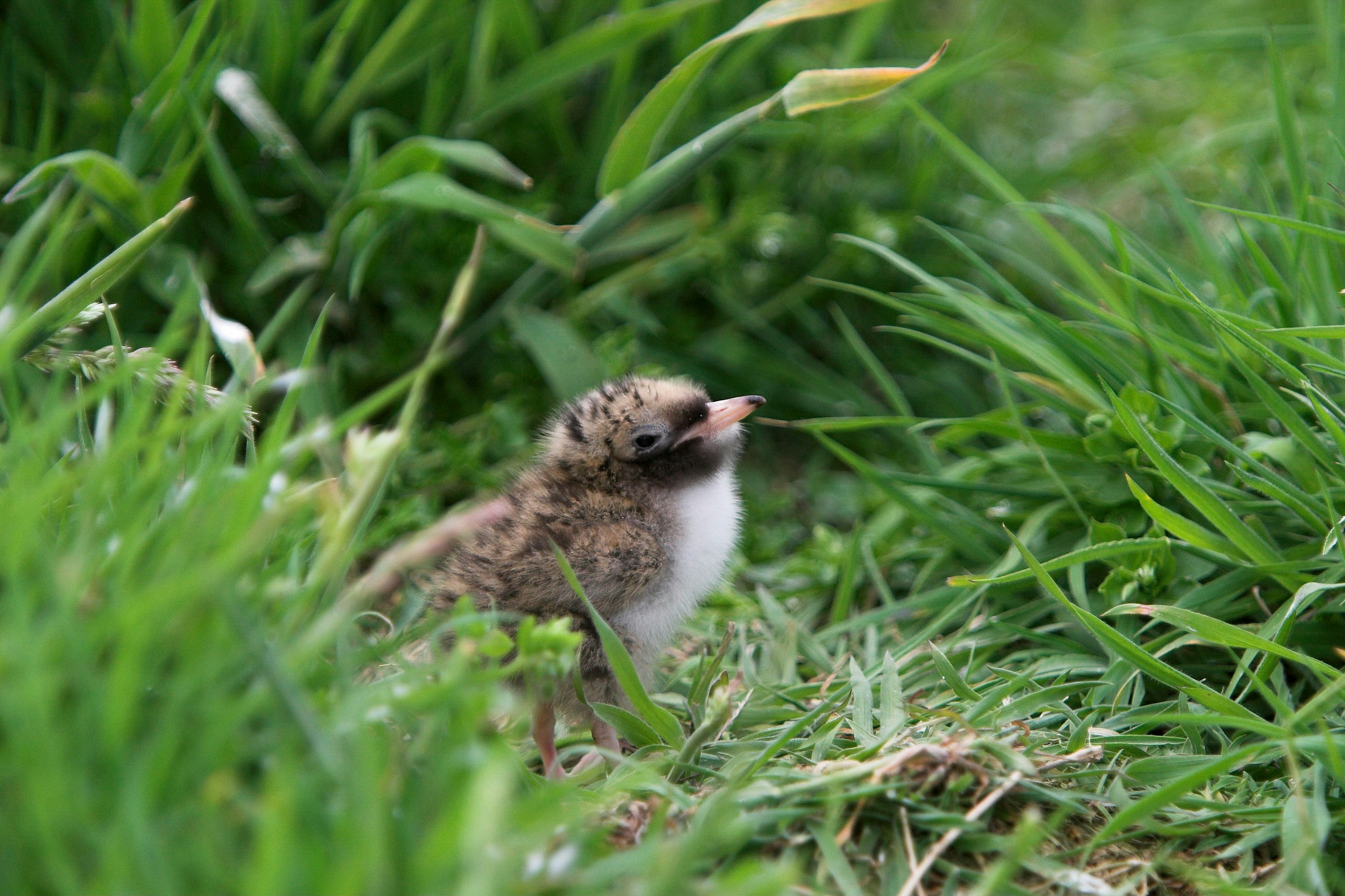
An Arctic tern chick, by Nick Martin
Did you know that many of our birds nest on the ground? Yep, literally just right on the ground!
WHICH OF OUR BIRDS NEST ON THE GROUND?
Lots of them! Many of our farmland birds, waders, waterfowl and seabirds nest on the ground.
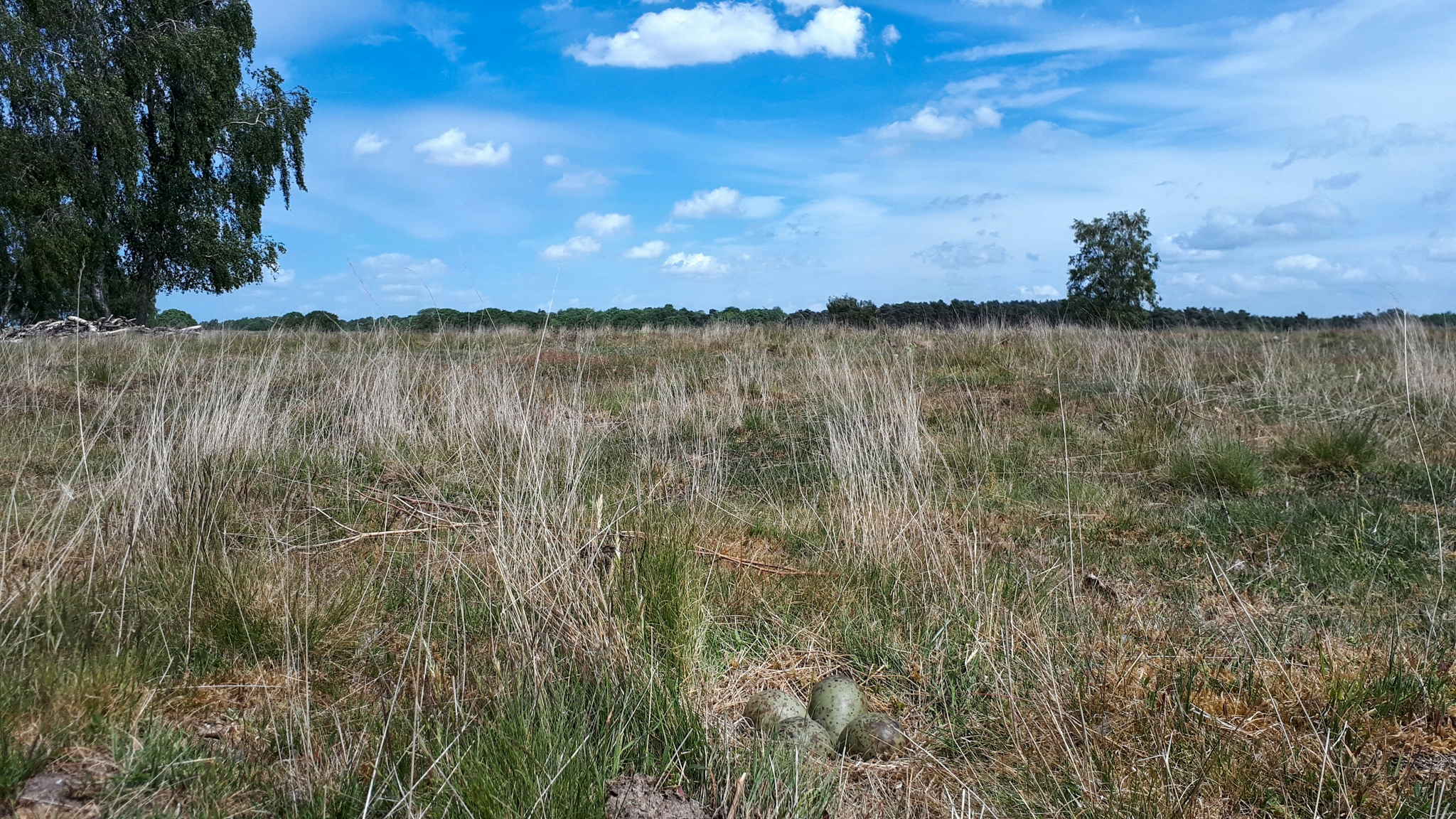
Curlew nest on grass-heath, Harry Ewing
GET TO KNOW SOME OF OUR GROUND NESTING BIRDS
The majestic and melodic skylark, which is red listed, hovers in the air like a kestrel – but vertically – when it displays and raises the crest on its head when it’s worried or excited. It nests on the ground in crops, grassy fields like silage fields, moorlands, dunes and saltmarshes. The nest is a shallow hollow lined with leaves, hair and grass.
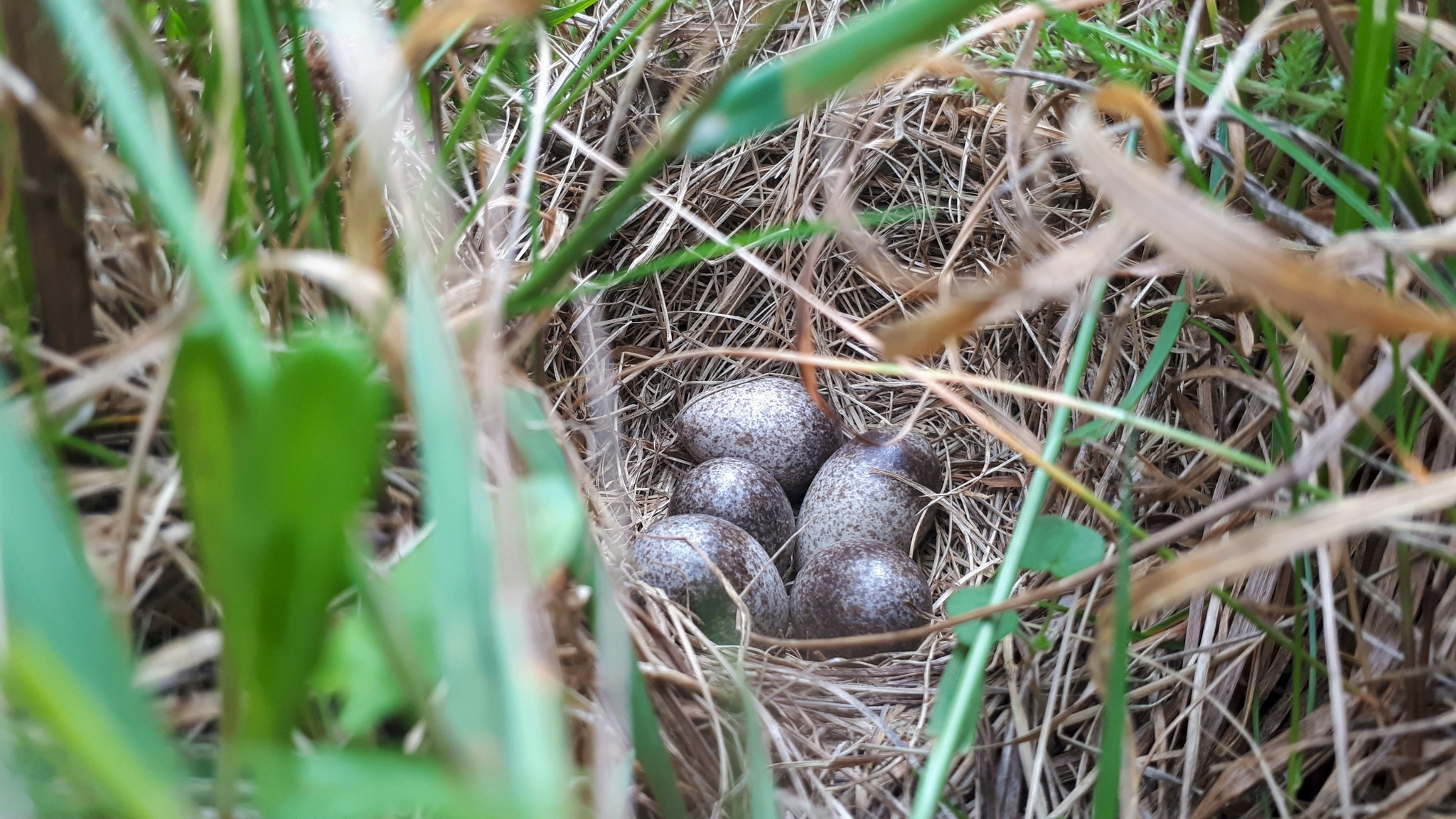
Skylark nest, Harry Ewing
Arctic terns, with their black cap and their bright red beak and legs, migrate from the Arctic summer to the Antarctic summer to maximise the amount of time they get to spend in daylight, making this epic journey every year. I'm sure all of us living in the UK can relate to the desire to stay out of dark winters! Our breeding population on the north and west coasts breed on the ground, laying their eggs in shallow scrapes.
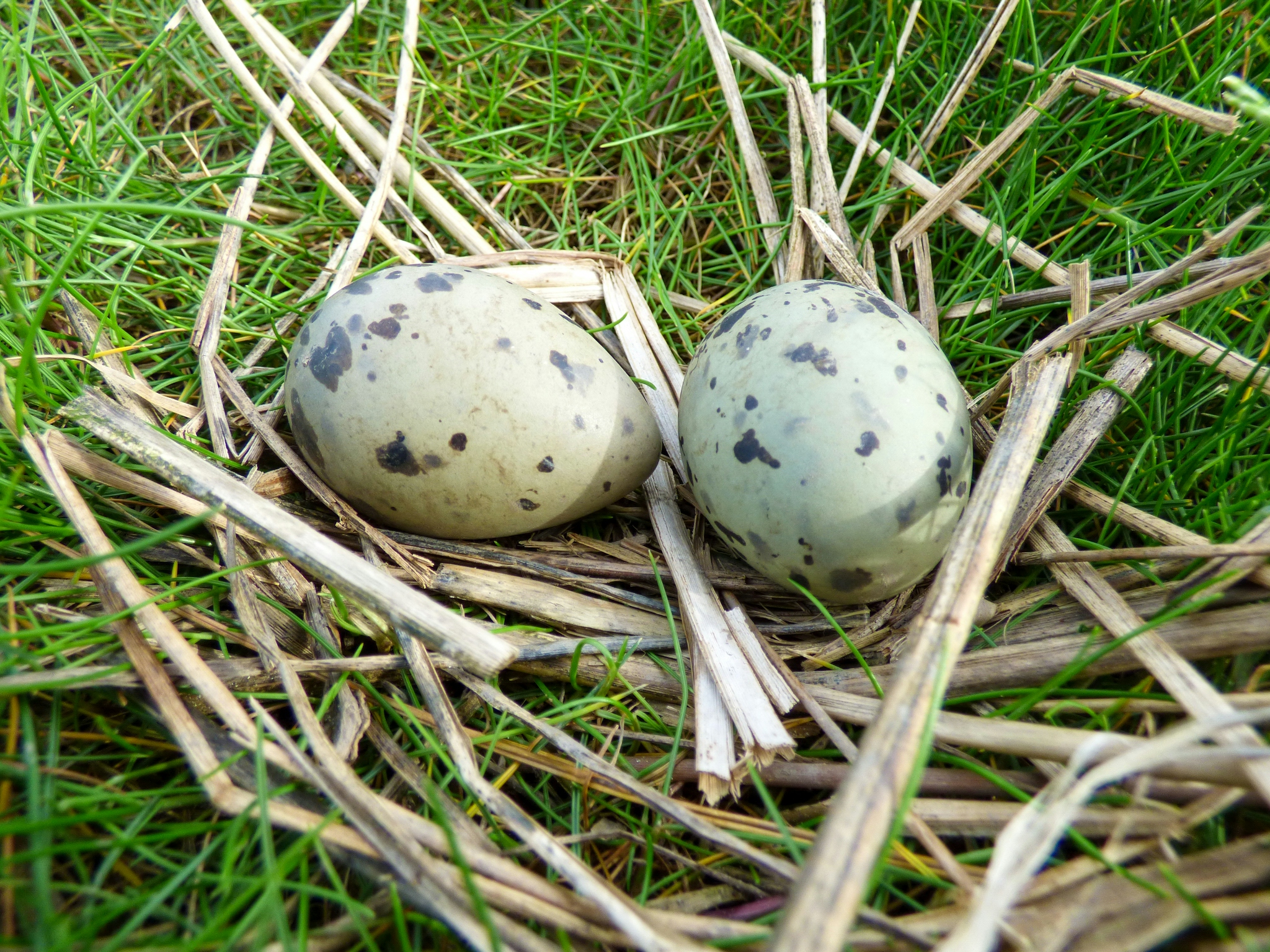
Arctic tern nest, D. Haywood
Redshanks are something of a paradox, with their light, dappled plumage but conscpicuous orange legs. Sometimes their legs and the base of their bill look red, but they've always looked orange to me; perhaps they should be called orangeshanks. My field guide describes them as 'a medium-sized wader with distinctive bright red legs' below a photo of a redshank with distinctively orange legs. They like saltmarshes, coasts, estuaries, freshwater lakes and resivours and nest in shallow scrapes in vegetation - often grass.
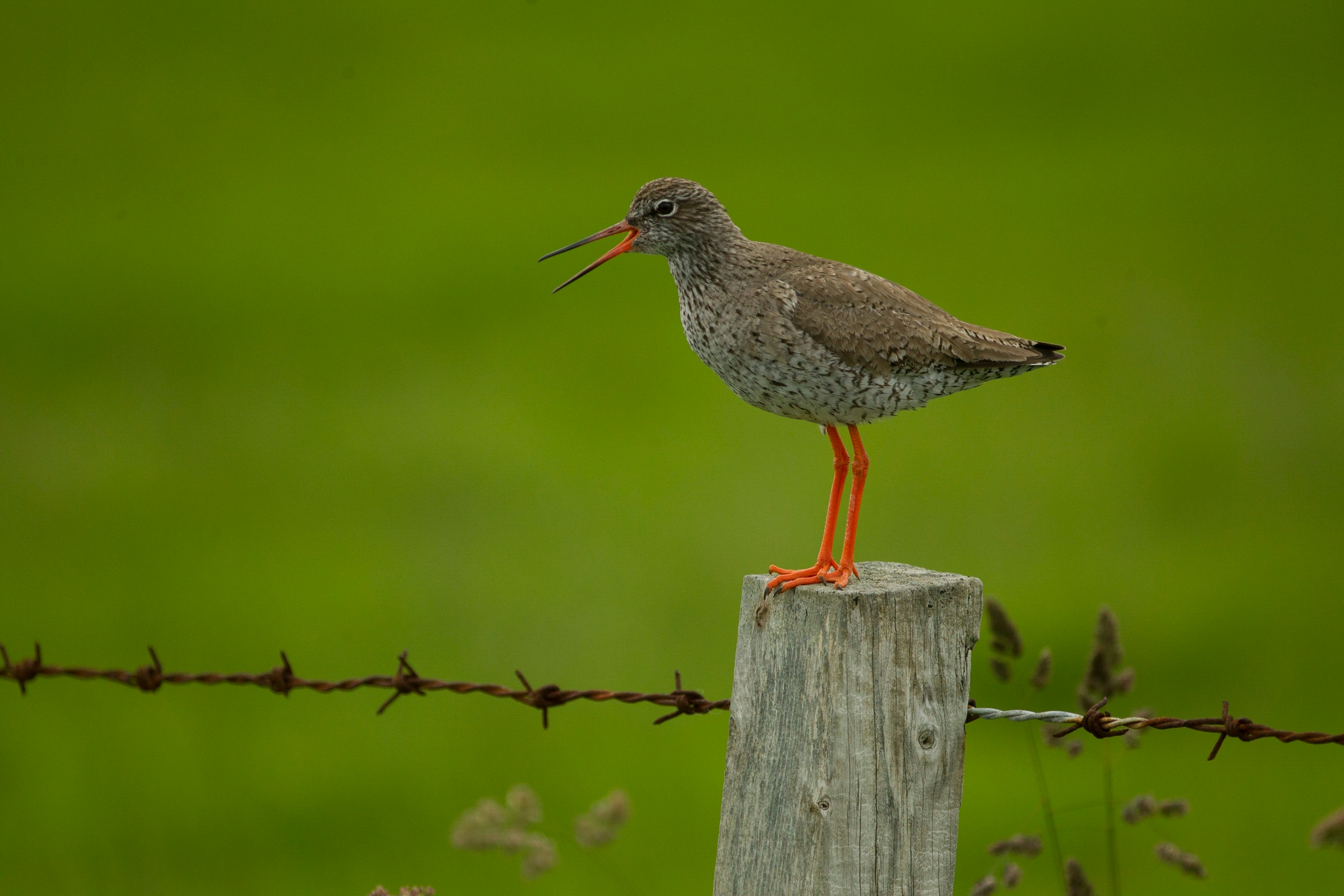
Redshank, by Nick Martin
Resplendent in their black and white tuxedoes and striking orange legs and beak, oyster catchers patrol our coasts and often show up on bodies of water further inland. They’re amber listed here and are near threatened globally. They nest on the ground, often on beaches, and their eggs are so well camouflaged that they’re almost impossible to spot without a trained eye and a lot of patience.
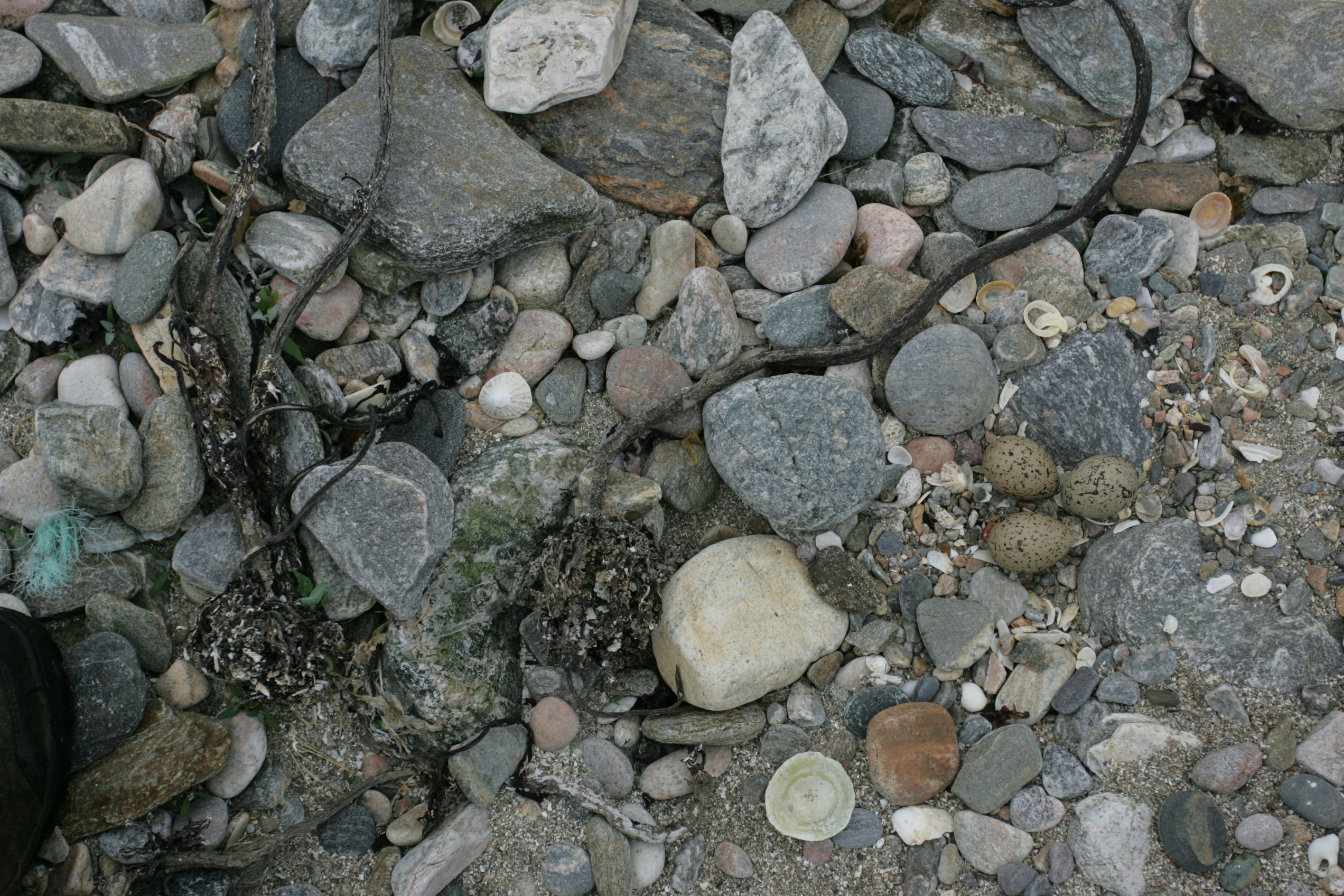
Can you spot the oyster catcher nest? Image by Nick Martin
Lapwings are dashing, and boy do they know it! They mesmerise with their incredible ariel displays and their high-pitched ‘pee-wit’ call is good for the soul. These dapper little birds nest on completely bare ground or in short vegetation, often on farmland. They're red listed here and near threatened worldwide.
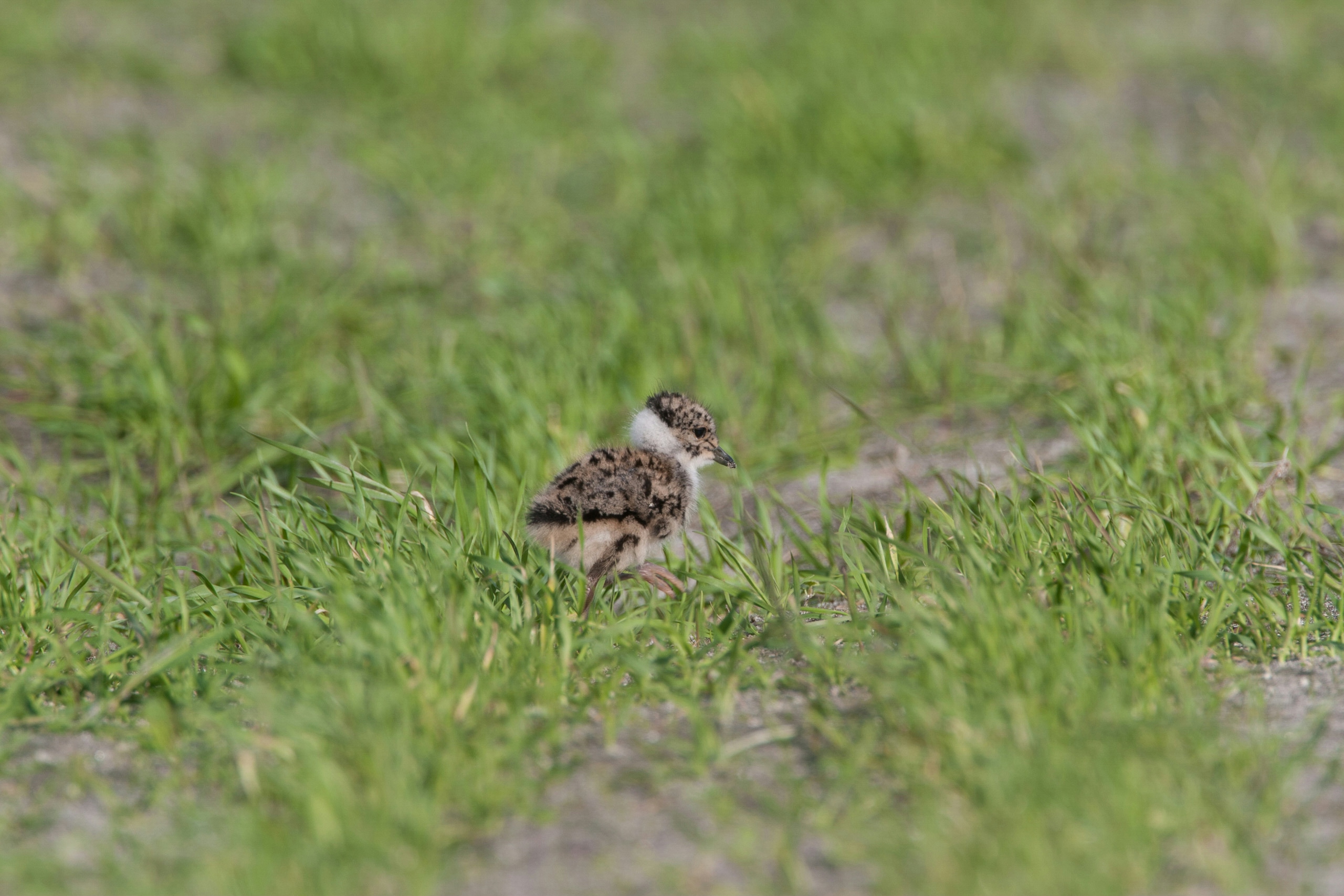
Lapwing chick, by Nick Martin
It wouldn’t be a post about ground nesting birds without mentioning the majestic curlew. With their long, curved beaks and delicate plumage, curlews manage to be dainty despite being the size of a female pheasant. This red-listed bird breeds on wet gasslands, moorlands, heath and farmland. Their call is supposedly onomatopoeic although to me it sounds like they’re saying “suuuuuuure thing!” so I think of them as very obliging. They lay their eggs on the ground in a very shallow hollow.

A curlew nest, by Mike Smart
There are many ground nesting birds that I haven’t mentioned here – our precious plovers, iconic avocets, secretive nightjars, delicate turnstones, graceful yellow and grey wagtails, and lovely stonechats to name just a few. Incredibly, there are even birds of prey that nest on the ground – our short eared owls nest in an unlined hollow.
WHAT DOES THIS MEAN?
It means the natural world is an absolute treasure, full of beauty and wonders. Oh, practically speaking? It means watch your step!
From the start of March until the end of August inclusive (preferably all year round), please:
· Keep dogs on leads and close by
· Stick to established footpaths and keep an eye on where you're treading
This doesn’t just apply to nature reserves or where there are signs – ground nesting birds are varied in their habits and are found in places where you wouldn’t necessarily expect to see warning signs, like farmland.
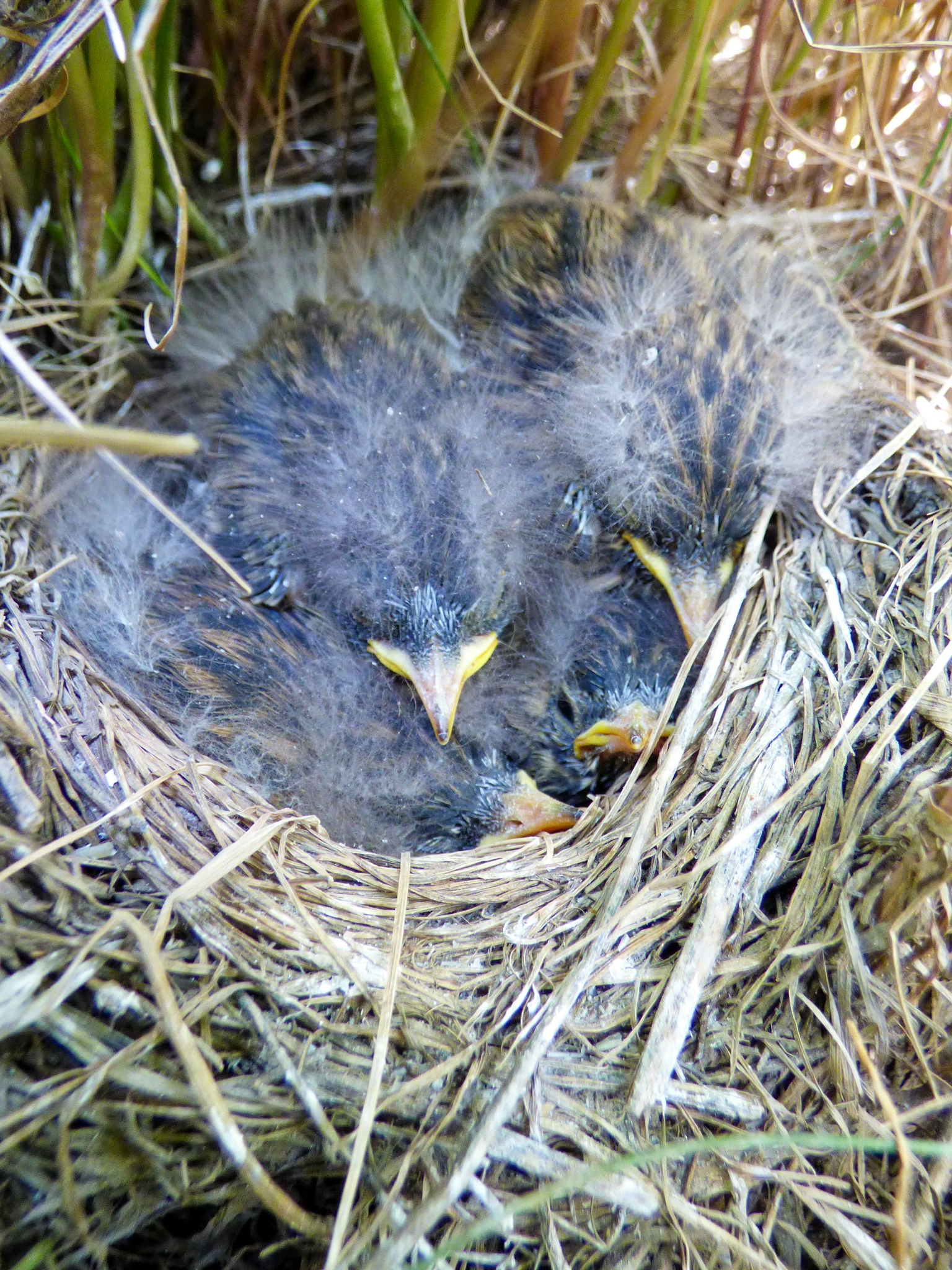
Meadow pipit nestlings in their nest on the ground, D Haywood
WHY DO WE NEED TO WATCH OUR STEP?
Ground nesting birds are extremely vulnerable during ground nesting season. Even just looking at photos of how exposed the nests are makes me clam up.
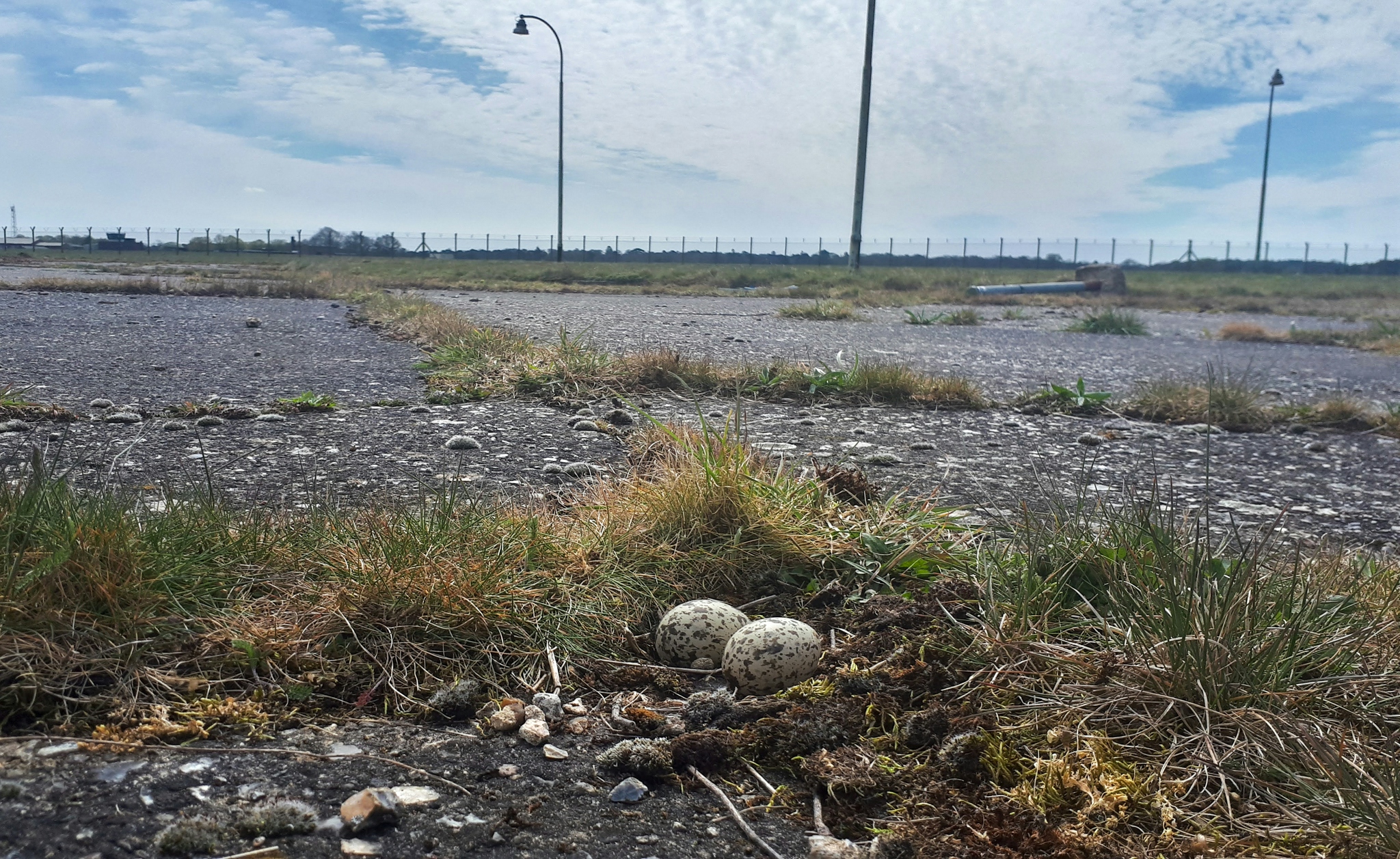
A stone curlew nest, Harry Ewing
Disturbance flushes birds from their nests, leaving the eggs uncovered. Persistently being bothered can lead to birds not successfully nesting at all, and disturbance can result in eggs failing to hatch, chicks dying from exposure or hunger and nests becoming vulnerable to predators.
Stomping around (or even treading carefully) away from footpaths can threaten ground nesting birds but the most serious threat is disturbance from dogs. Dogs flush birds from their nest and can trample eggs and chicks.
I’m not just talking about dogs running wild through a nature reserve – ground nesting birds are around on grassland, heath, moorland, beaches, dunes, wetlands, farmland and in woodland too and you’re unlikely to know they’re there.
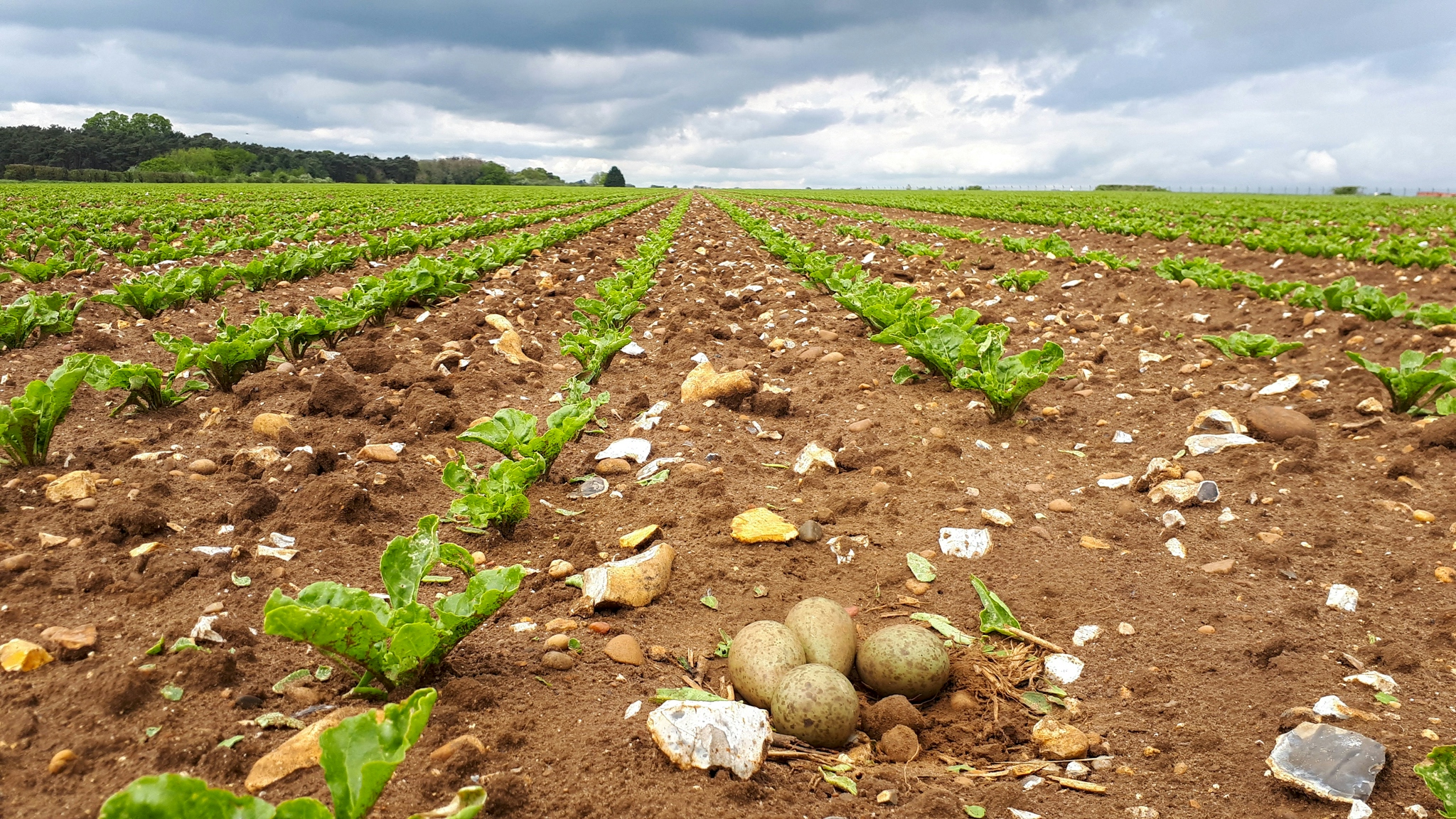
Curlew nest in a sugar beet field, Harry Ewing.
Ground nesting birds have been seen on rough ground beyond the edge of a carpark, and even on a golf course!
It’s not a matter of whether your dog has good recall – you probably won’t know when your dog is disturbing a ground nesting bird or trampling a nest and, in any case, recalling a dog after it has disturbed a bird or destroyed an egg is shutting the stable door after the horse has bolted.
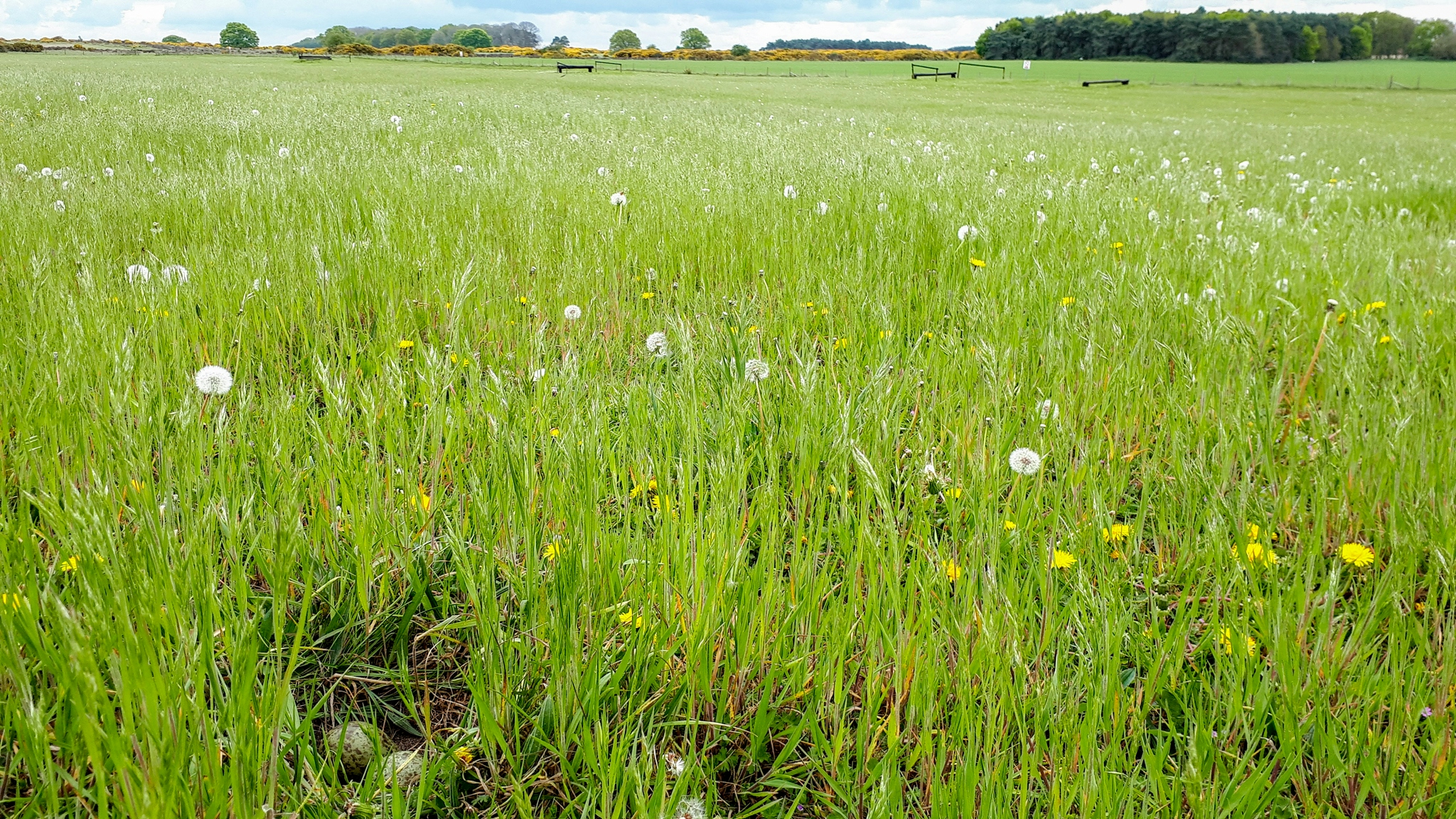
Curlew nest in grassland, Harry Ewing. Letting dogs run through this type of habitat puts birds like curlews at risk.
Even well-behaved dogs should be kept close by during breeding season and only allowed to run free in specifically-designated dog parks.
IS IT ALL DOOM AND GLOOM?
No, it never is! Our gorgeous ground nesting birds are a delight to watch, so get a nice short lead for the dog, dust off your binoculars and keep your eyes peeled for sitting birds and camoflagued eggs.
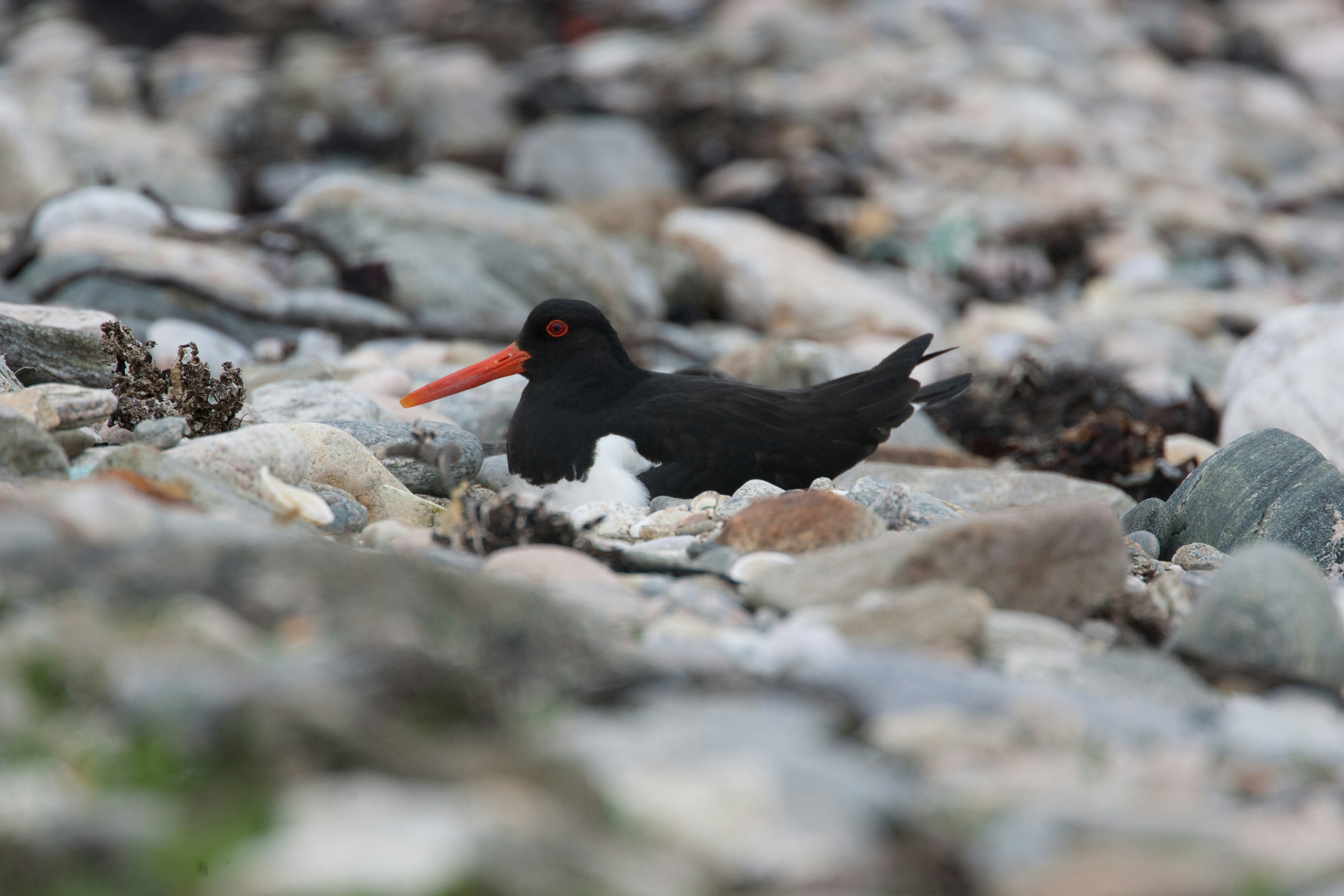
An oyster catcher sitting on its nest, by Nick Martin
Have you seen any ground nesting birds? Do you have any more suggestions for how we can protect them? Let me know on socials! Links below.
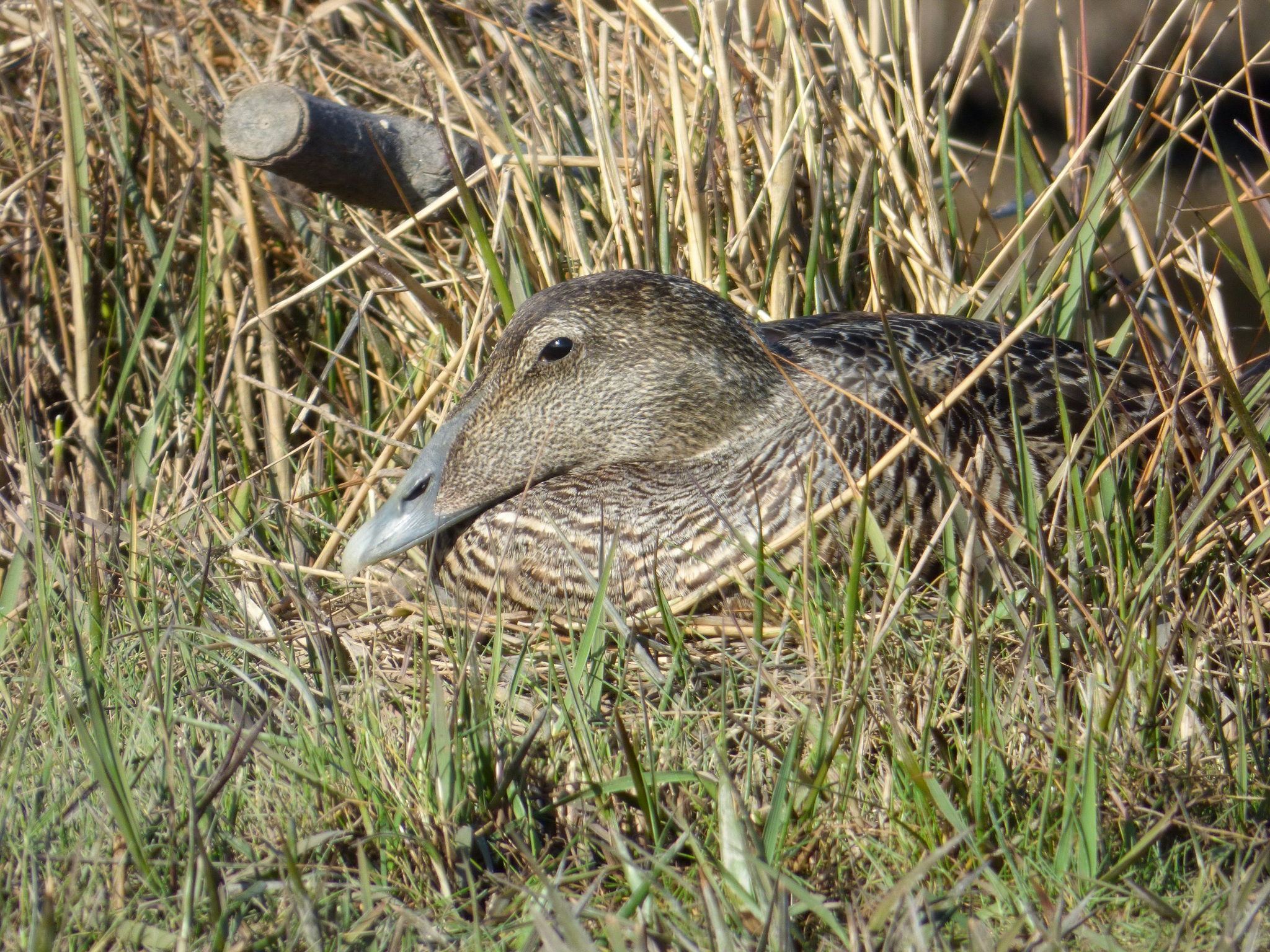
Female eider on salt marsh nest, D Haywood
CONTRIBUTORS
I'm thrilled to have had some fantastic images kindly provided for this post.
Nick Martin and team have a fantastic site to learn about our natural world - All Things Wildlife. Check them out on Instagram and Twitter too!
A huge thank you to Harry Ewing, a PhD student who is working to conserve breeding curlew.
Thanks also to Mike Smart and Mary Colwell, of Curlew Action. Curlew Action is a member of the Curlew Recovery Partnership, a new, exciting and transformative initiative, bringing together all those with an interest in Curlew conservation, including land managers, farmers, gamekeepers, policymakers and researchers. Mary is CEO of Curlew Action and author of Curlew Moon, following her 500-mile journey around the UK visiting the breeding and wintering areas of these fantastic birds.
And last but certainly not least, a big thank you to Dan Haywood of the Lancaster and District Birdwatching Society.
Share with your friends
Subscribe to learn more
Join me in exploring our natural world and cultural heritage as we learn how to protect and restore it. Get notified on my latest posts and a monthly newsletter on wider conversation topics for us to chat about.
Recent Posts
If you enjoyed this one, then you might like these too.